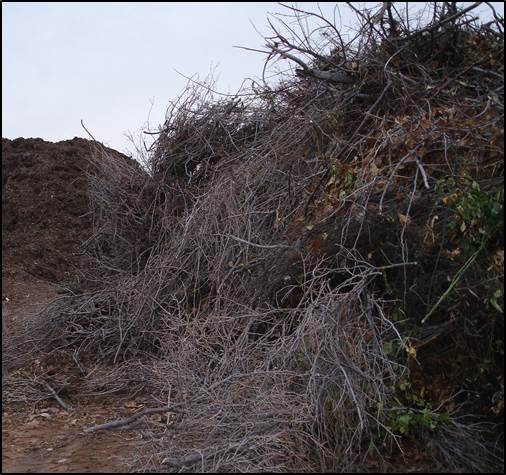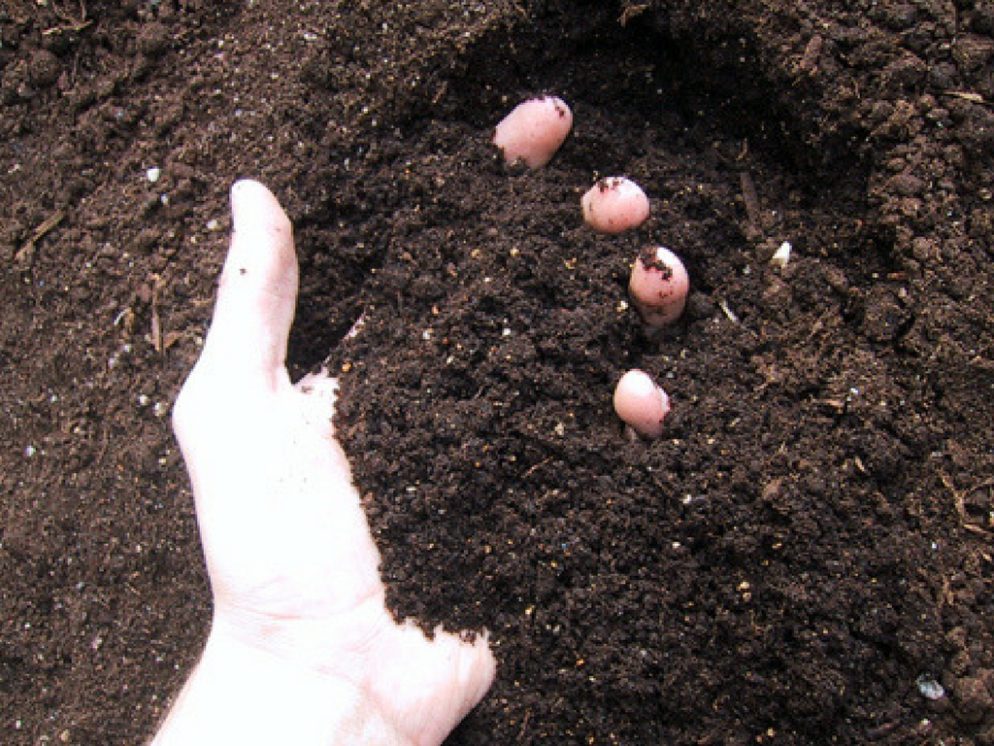Backyard composting can be an extremely gratifying experience for gardeners – beginning or advanced. Backyard composting provides a means for recycling kitchen and yard waste with an end benefit of a dark brown, humus-rich soil amendment for your garden. Here are 5 tips for successful composting at home!
-
Get going in the spring.
Rapid breakdown of raw organic matter into garden ready compost occurs during the growing season. By starting a compost pile now, you will be poised to take full advantage of the “active composting season”. A well-tended compost pile should take 2-3 months to fully decompose after which it is ready to spread in the garden. It is fine to start a compost pile any time of year but keep in mind that the rate of decomposition slows in the winter months.

-
Size counts!
The ideal size of a backyard compost pile is 3 feet by 3 feet by 3 feet to 5 feet by 5 feet by 5 feet. This size of pile is manageable and big enough to heat-up. Keep in mind that small-sized pieces of organic matter decompose faster, however if the particle size is too small, for example sawdust, a compacted layer may occur. Thoroughly mix materials together and avoid layering when adding new raw materials to the pile.

-
Browns and greens.
An ideal carbon to nitrogen ratio (C:N) for composting ranges between 25:1 and 30:1. Brown or carbon-rich materials include dried leaves, shredded newspaper, straw, hay, small wood chips and others. Green or nitrogen-rich materials include fresh grass clippings, green leaves, kitchen scraps, coffee grounds (yes, I realize these are brown in color but are approximately 2% nitrogen by volume) and manures from plant-eating animals. It can be a bit tricky to add the perfect quantity of browns and greens, but a ratio 2 parts carbon-rich material to 1 part nitrogen-rich material is a good target.

-
Water and aerate.
Hot composting (aerobic decomposition) occurs quickly with adequate levels of oxygen and moisture. When the oxygen level falls below 5%, the rate of decomposition slows to a snail’s pace. Turn the pile weekly for adequate oxygen levels throughout the pile. Water the pile frequently for adequate moisture. Your target is the moisture level of a slightly wrung out sponge.

-
Troubleshoot problems.
It is normal to make mistakes when composting – troubleshooting is part of the fun! Check-out USU Extension’s factsheet Backyard Composting in Utah for a trouble shooting guide and a list of acceptable and unacceptable materials to add to a compost pile. Lastly relax, even an unmanaged pile of raw organic matter will decompose eventually, although it may take a year or two. Check out University of Illinois Extension’s Composting for the Homeowner factsheets for more detailed information on the composting process.

For more spring gardening tips, check out this podcast recorded with Dick Jacobson from KSOP radio.

Leave a Reply